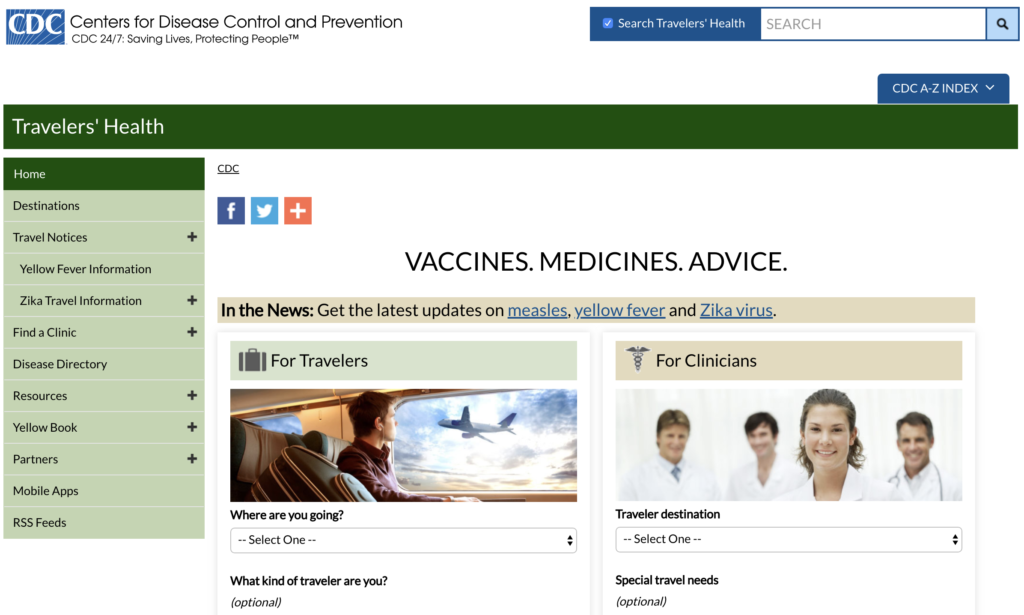
Infant reflux is one of the most common causes for concern for new parents. Most people are familiar with the fact that babies tend to spit up with some regularity and that this is, for the large part, completely normal. But when does spitting up, termed medically as gastroesophageal reflux, become something to worry about?
It’s probably best to first understand why reflux happens in the first place. When infants feed, milk fills up and expands their stomach. When the stomach expands, it naturally wants to push back – sending the contents of the stomach go toward the path of least resistance. In adults and older children, this is usually farther down the gut for further digestion. In infants, especially those under 6 months, however, the sphincter muscle at the end of the esophagus that helps keep food in the stomach is very weak. This weak muscle easily permits the milk to go back up whence it came. When an infant eats too much and over-expands the stomach, or is laid down right after feeding (taking away the helpful effect of gravity on digestion), this happens even more easily. This mechanism is responsible for the majority of infant reflux. Reflux causes a bit of a mess, but is usually not bothersome to the infants themselves, nor is it something that commonly affects their overall well-being. We think of reflux as more of a laundry problem than a medical problem for most babies. In short: most reflux is normal, eventually goes away as the baby matures, and not worrisome.
For most babies, reflux tends to get a bit worse between 4-7 months of age when they are more mobile and put more pressure on their tummies while learning to sit upright on their own. In even the spittiest of babies, it tends to resolve itself by 9-12 months.
But what about the other side of the coin? How much is too much? And what if it does seem to be making my baby fussy?
Reflux is a problem if is causing significant discomfort, poor weight gain, breathing problems, or if the contents of the spit up contain a green color (from bile produced farther down the intestine). All these instances are fairly rare, but they do happen on occasion.
Most babies with excessive reflux or discomfort with reflux will benefit from a few simple tricks to help minimize symptoms:
1) Try to keep from over-expanding the stomach by feeding smaller volumes more frequently. A 2-month-old sucking down an 8 oz. bottle in a matter of minutes is almost certainly going to have significant reflux. Talk with your doctor about an appropriate feeding schedule based on your baby’s age and weight.
2) If your baby is bottle-fed, try taking a break to burp the baby after every few ounces, further relieving some of the pressure in the stomach. If your baby is breast fed, try to take time to burp the baby after about 20 minutes of feeding or when switching breasts. More frequent burping is necessary for some, even every 5-10 minutes, especially if you have a very fast let-down.
3) Let gravity help out. Babies will do much better with reflux symptoms if they are held in an upright position for 20-30 minutes after feeding, rather than laid immediately down on their backs. A 30 degree angled wedge placed under the infant’s mattress to help elevate their upper body slightly can help some babies who significantly reflux long after their feeds when they are sleeping.
Sometimes these tricks are helpful but do not completely relieve symptoms of reflux. When reflux is this severe, it is usually termed gastroesophageal reflux disease (GERD) by physicians. There are some medicines that are sometimes helpful with reflux by suppressing acid production in the stomach, but these are rarely needed and usually not a “magic bullet” for curing GERD. In some very rare cases, your doctor may even recommend thickening feeds or changing formulas (if babies are formula fed), but this should only be done after consulting directly with the doctor.




About The Author: Dr. Nick Wagner
More posts by Dr. Nick Wagner